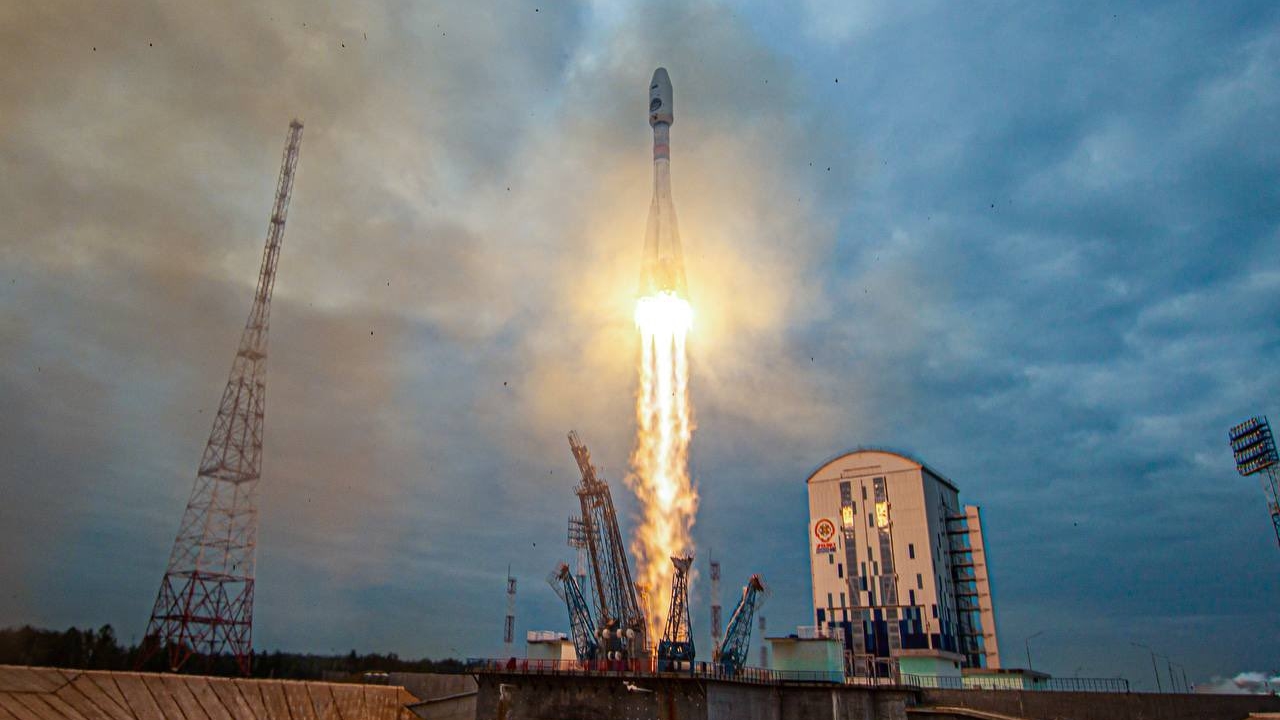As we wrote at the beginning of August, the Russian mission Luna-25 left for our natural satellite where it will arrive in a few days. This is the first Russian/Soviet mission since the previous Luna-24 which took place way back in 1976. The Moon is increasingly making a comeback thanks to robotic missions and in the future to human ones (and an example is the Indian mission Chandrayaan-3) .
This mission is important because it lays the foundations, at least in theory, for the future ILRS (International Research Lunar Station) research space station to be built in partnership with China in the 1930s. Before these there will be several missions including those Luna-26, Luna-27 and Luna-28 (again by Roscosmos and from Russia). This is what we know.
The Russian mission Luna-25 is in the direction of our satellite
The launch took place at 01:11 on August 11 (Italian time) with a Soyuz-2.1b and Fregat upper stage space rocket from the Vostochny Cosmodrome. Everything went according to schedule and, according to the plans released by Roscosmos, the moon landing is scheduled for August 21st, two days before the arrival of the Indian probe. This is due to a different trajectory and also to a different mass (the Indian spacecraft has a higher mass).
At 15:00 today (Italian time) the Luna-25 space probe fired its low-power thrusters for about 46″ for an expected orbital correction. There will then be a second orbital maneuver and finally orbit entry moon around August 16. The area chosen for the lunar landing of the lander, close to the Boguslavsky crater, has an area of 30×15 kilometres. The reasons for the choice are to be found in the simplicity of communication with the Earth, in the ease of managing the trajectory and in the structure of the land which is substantially flat.
The area is located near the lunar South Pole where it will be possible to measure the amount of water and perform further analyzes of the regolith for future robotic and human missions. Instruments also provided by ESA and other partners were initially envisaged but after the outbreak of war in Ukraine and related sanctions, all instruments are of Russian origin.
Roscosmos also envisioned two backup landing sites southwest of Manzini crater or south of Pentland-A crater. The total mass of the Luna-25 lander (including instruments and propellant) is approximately 1800 kilograms. Shortly after the moon landing, if done correctly, panoramic images of the ground will be captured providing the first indications to scientists and engineers but also images that can be shared with the world. Russia’s future plans are to launch Luna-26 in 2027, Luna-27 in 2028, and Luna-28 in 2030 or beyond. At that point we will aim for a human crew to land on the moon (although by then the Artemis missions and China should already be on lunar soil with their crews).
